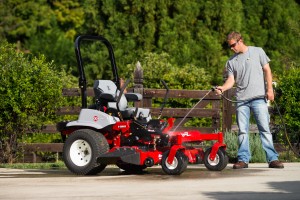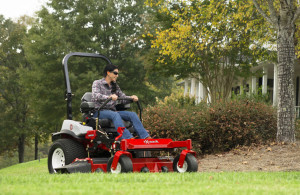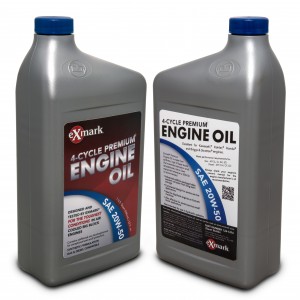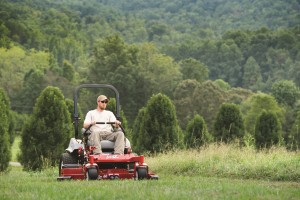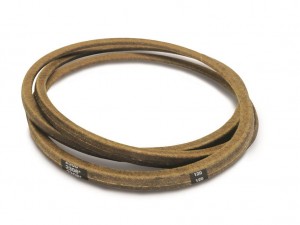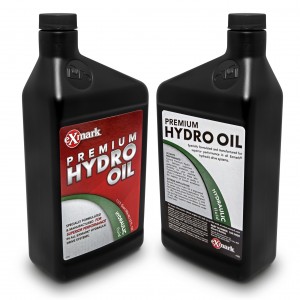As mowing season winds down and you think about winter storage, take the time to do some basic fall maintenance. Whether you own one mower or an entire fleet, you’ll want to protect your machinery – and your investment. Proper maintenance will help protect your mower during the cold off-season, and make getting started next spring easier.
First, clean your mower fully. Moisture in damp grass clippings, leaf mulch or mud can cause rust or a freeze and thaw cycle, potentially weakening metal. Even though clumps of material will dry eventually, the caked on grass or mud will be much harder to clean off months from now. Spray the deck, remove and clean the blades, and if necessary, scrape out grass clumps and organic matter that won’t come out with water. Wipe the mower down to be sure it dries.
Once your mower is free of grass, soil and other dirt, change the oil, oil filters, spark plugs and air filters. Lubricate friction points with a grease gun. Because gasoline and diesel can degrade, empty the fuel from small walk behinds. For larger mowers, top-off the tank and add a fuel stabilizer designed for winter storage. A full tank will help prevent condensation, and the fuel stabilizer will prevent fuel spoilage. Run the mower for a few minutes to distribute the fuel stabilizer.
Some people start up their mowers periodically during the winter. If you don’t plan on doing this, it’s best to remove and store the battery in a cool, dry place. Just be sure to recharge it fully before starting the mower in the spring.
Check the tires. Inflate them to their proper pressure to prevent damage to the tires as they lose pressure over the winter. You should also protect pneumatic tires from cold concrete by parking the mower on cardboard or other insulating material.
How to Store You Mower for the Winter
Store your mower in a garage or shed, as this will protect it from rain, snow and freeze/thaw cycles. Do not store your mower near fertilizers and other corrosive materials, as these can eat away at metal when airborne. Keep it away from items that can cause sparks. And even indoors, protecting it with a cover or tarp is a good idea, as that will help keep dirt and dust out of important components.
If you must store your mower outdoors, be sure to cover it completely. If you use a tarp, rather than an equipment cover, tuck loose edges under the machine, and ensure that the tarp will not blow away. Place it on a level surface, preferably one that is paved. Do not store your mower in a spot that is likely to become muddy, as your machine may become stuck as the mud dries or freezes.
Get more mower service tips, or find the mower maintenance schedule for your Exmark.

